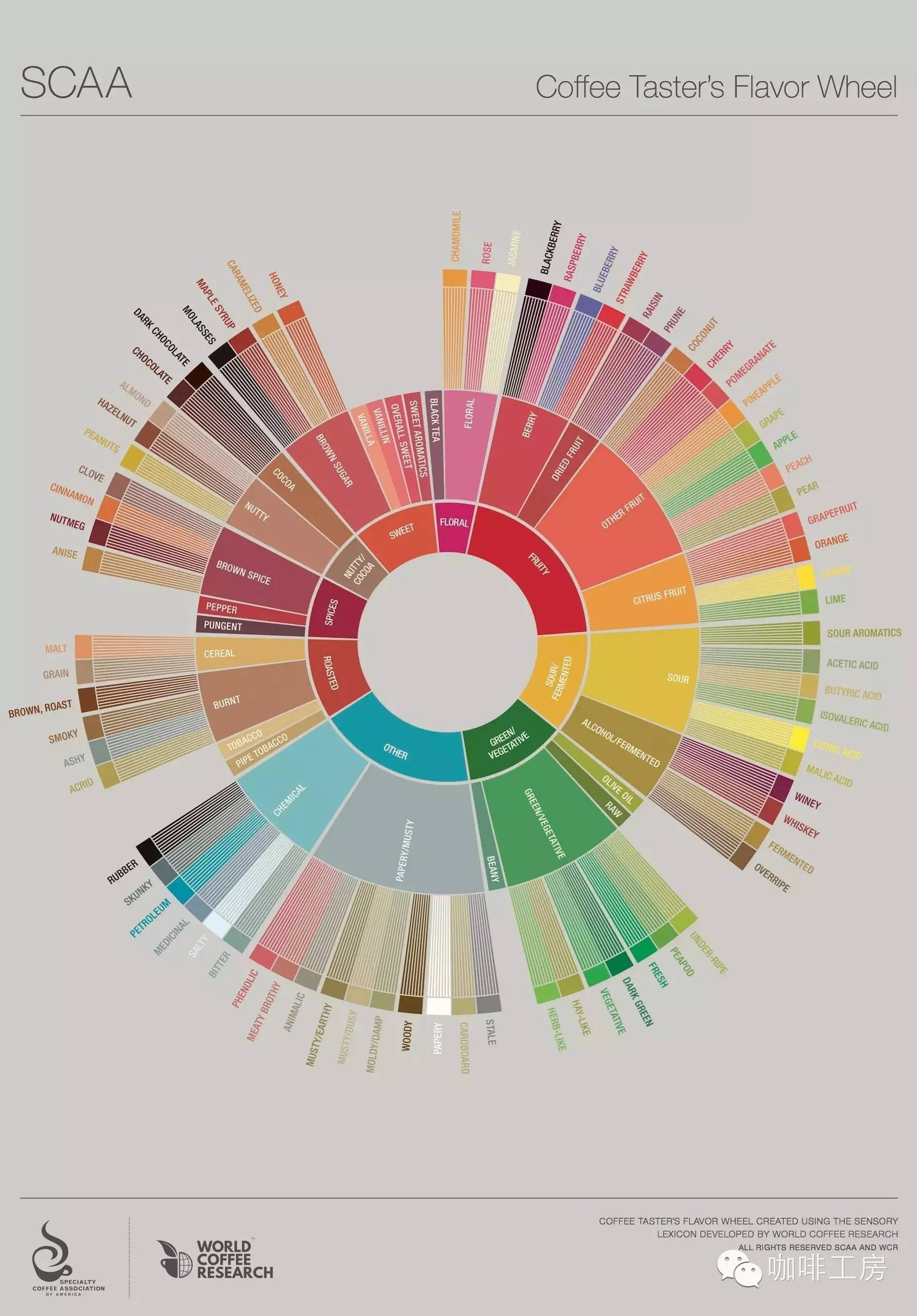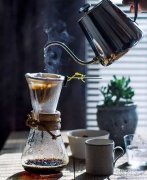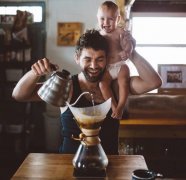Coffee terminology | how to professionally express the flavor and taste of coffee

For professional baristas, please follow the coffee workshop (Wechat official account cafe_style)
Flavor [flavor] is the overall impression of aroma, acidity, bitterness, sweetness and mellowness, which can be used to describe the overall feeling of coffee.
Acidity [acidity] is the acidity and strong quality of coffee. Unlike bitter or sour (sour), the acidity and acidity referred to here refer to the refreshing and lively characteristics of coffee, which can boost the mind and clear the taste.
Body [mellow] is the taste of the tongue to the coffee after drinking it. Alcohol content changes can be divided into light as water to light, medium, high, fat, some Indonesian coffee as thick as syrup.
Aroma [smell] refers to the smell and fragrance emitted by coffee after conditioning. Bouquet is a less commonly used word that specifically refers to the taste of ground coffee powder. Aroma is usually specific and comprehensive. The words used to describe Aroma include: caramel, carbon roasted, chocolate, fruit, grass, malt, rich, rich, spicy and so on.
Bitter bitterness is a basic sense of taste, the sensory area is distributed in the base of the tongue. The bitterness of dark baking is deliberately created, but the most common cause of bitterness is too much coffee powder and too little water. Bitterness is not a consent word for sour.
Bland [light] coffee grows at low altitudes and is usually quite light and tasteless. Coffee with insufficient coffee powder and too much water will have the same light effect.
After brewing Briny [salty] coffee, if it is overheated, it will produce a salty taste. The coffee in some coffee shops has this taste.
Important Notice :
前街咖啡 FrontStreet Coffee has moved to new addredd:
FrontStreet Coffee Address: 315,Donghua East Road,GuangZhou
Tel:020 38364473
- Prev

Analysis of brewing condition | Coffee extraction temperature is determined by the thickness of grinding and the amount of powder.
Professional baristas exchange please pay attention to the coffee workshop (Wechat official account cafe_style) extraction water temperature shallow roasting with high temperature, deep roasting with low temperature shallow roasting with low temperature, deep roasting with high temperature with bitter, low temperature with sour temperature will affect the dissolution rate of coffee ingredients, high temperature extraction, better aroma, better extraction taste, temperature also affects the expansion of coffee powder.
- Next

Learn how to make good coffee in a minute.
Professional barista communication please follow the coffee workshop (Wechat official account cafe_style) how to make good coffee? 1. Choose fresh roasted coffee beans within 6 weeks of roasting, this is the exhaust cycle is the best time for coffee taste, and then the flavor decreases with time and preservation. On the other hand, most of the coffee bought in stores or stores is roasted for 3 months to December, and the coffee has passed.
Related
- Beginners will see the "Coffee pull flower" guide!
- What is the difference between ice blog purified milk and ordinary milk coffee?
- Why is the Philippines the largest producer of crops in Liberia?
- For coffee extraction, should the fine powder be retained?
- How does extracted espresso fill pressed powder? How much strength does it take to press the powder?
- How to make jasmine cold extract coffee? Is the jasmine + latte good?
- Will this little toy really make the coffee taste better? How does Lily Drip affect coffee extraction?
- Will the action of slapping the filter cup also affect coffee extraction?
- What's the difference between powder-to-water ratio and powder-to-liquid ratio?
- What is the Ethiopian local species? What does it have to do with Heirloom native species?

